Ford Tourneo Connect vs Peugeot Traveller – Which car suits you better?
Everyday use, family trips or long-distance drives – here’s where the differences show.
Discover whether Ford Tourneo Connect or Peugeot Traveller fits your lifestyle better.
Costs and Efficiency:
When it comes to price and running costs, the biggest differences usually appear. This is often where you see which car fits your budget better in the long run.
Ford Tourneo Connect has a evident advantage in terms of price – it starts at 27300 £, while the Peugeot Traveller costs 34800 £. That’s a price difference of around 7483 £.
Fuel consumption also shows a difference: Ford Tourneo Connect manages with 0.50 L and is therefore convincingly more efficient than the Peugeot Traveller with 7 L. The difference is about 6.50 L per 100 km.
As for range, the Peugeot Traveller performs decisively better – achieving up to 351 km, about 232 km more than the Ford Tourneo Connect.
Engine and Performance:
Power, torque and acceleration are the classic benchmarks for car enthusiasts – and here, some clear differences start to show.
When it comes to engine power, the Peugeot Traveller has a a bit edge – offering 180 HP compared to 150 HP. That’s roughly 30 HP more horsepower.
In acceleration from 0 to 100 km/h, the Ford Tourneo Connect is slight quicker – completing the sprint in 10.10 s, while the Peugeot Traveller takes 10.60 s. That’s about 0.50 s faster.
In terms of top speed, the Ford Tourneo Connect performs hardly perceptible better – reaching 186 km/h, while the Peugeot Traveller tops out at 185 km/h. The difference is around 1 km/h.
There’s also a difference in torque: Peugeot Traveller pulls to a small extent stronger with 400 Nm compared to 350 Nm. That’s about 50 Nm difference.
Space and Everyday Use:
Cabin size, boot volume and payload all play a role in everyday practicality. Here, comfort and flexibility make the difference.
Seats: Peugeot Traveller offers distinct more seating capacity – 8 vs 5.
In curb weight, Ford Tourneo Connect is distinct lighter – 1542 kg compared to 1953 kg. The difference is around 411 kg.
In terms of boot space, the Peugeot Traveller offers to a small extent more room – 2011 L compared to 1720 L. That’s a difference of about 291 L.
In maximum load capacity, the Peugeot Traveller performs minimal better – up to 3300 L, which is about 195 L more than the Ford Tourneo Connect.
When it comes to payload, Peugeot Traveller a bit takes the win – 914 kg compared to 818 kg. That’s a difference of about 96 kg.
Who wins the race?
The Ford Tourneo Connect proves to be is largely superior and therefore becomes our DriveDuel Champion!
Ford Tourneo Connect is the better all-rounder in this comparison.

Ford Tourneo Connect
Ford Tourneo Connect
The Ford Tourneo Connect represents a versatile option in the people carrier segment, offering a blend of functionality and comfort for family or business use. Its design combines modern aesthetics with the practicality needed for daily operations, making it an appealing choice for those seeking a reliable and adaptable vehicle. Inside, the Tourneo Connect provides a spacious and well-thought-out interior, ensuring a comfortable driving experience for both driver and passengers.
details @ tourneoconnect.fordpresskits.com
@ tourneoconnect.fordpresskits.com
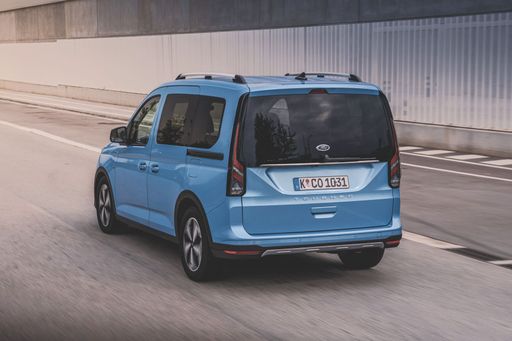 @ tourneoconnect.fordpresskits.com
@ tourneoconnect.fordpresskits.com
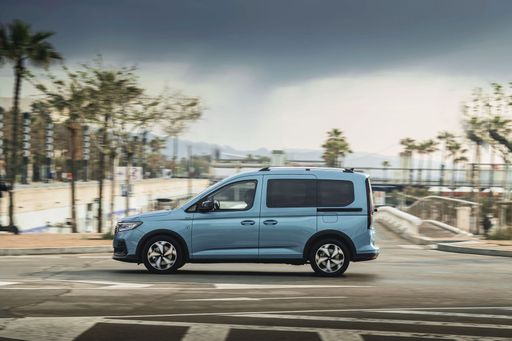 @ tourneoconnect.fordpresskits.com
@ tourneoconnect.fordpresskits.com
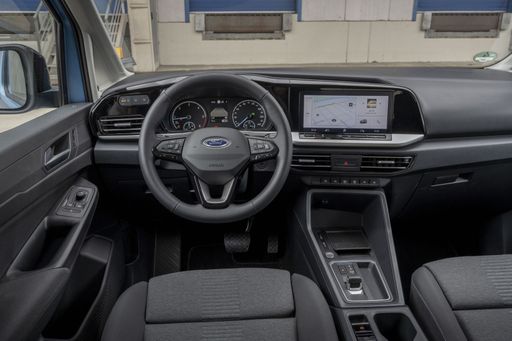 @ tourneoconnect.fordpresskits.com
@ tourneoconnect.fordpresskits.com
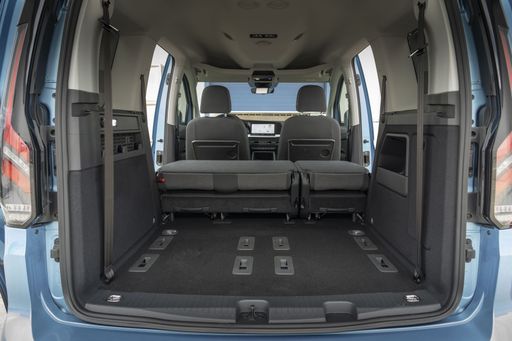 @ tourneoconnect.fordpresskits.com
@ tourneoconnect.fordpresskits.com
Peugeot Traveller
The Traveller captivates with its refined blend of comfort and versatility, making it an ideal choice for both family adventures and professional needs. Its spacious interior accommodates a remarkable range of passenger and cargo configurations, ensuring flexibility for any journey. With an emphasis on safety and modern features, the Traveller delivers a remarkable driving experience that caters to diverse lifestyles.
details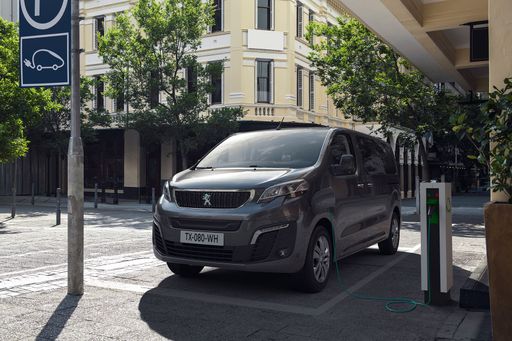 @ media.stellantis.com
@ media.stellantis.com
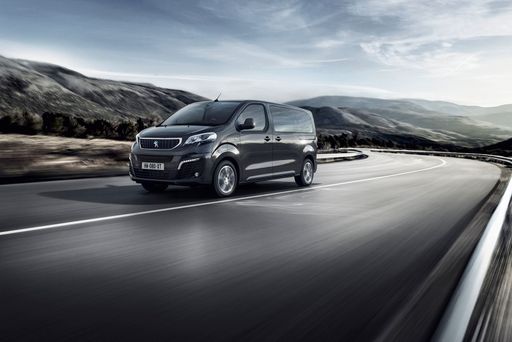 @ media.stellantis.com
@ media.stellantis.com
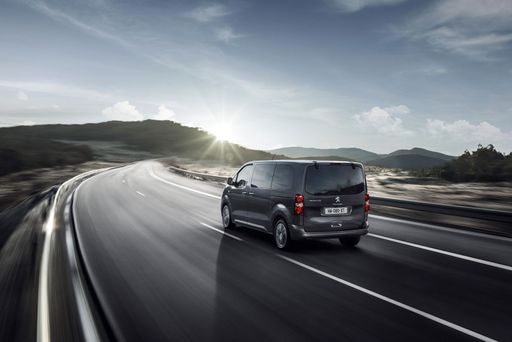 @ media.stellantis.com
@ media.stellantis.com
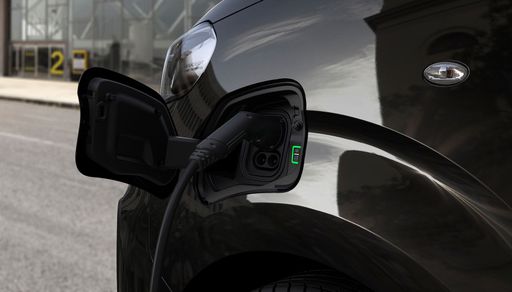 @ media.stellantis.com
@ media.stellantis.com

|

|
|
|
|
Costs and Consumption |
|
|---|---|
|
Price
27300 - 41900 £
|
Price
34800 - 52200 £
|
|
Consumption L/100km
0.5 - 6.9 L
|
Consumption L/100km
7 - 7.1 L
|
|
Consumption kWh/100km
-
|
Consumption kWh/100km
24.3 - 25 kWh
|
|
Electric Range
116 - 119 km
|
Electric Range
217 - 351 km
|
|
Battery Capacity
19.70 kWh
|
Battery Capacity
-
|
|
co2
11 - 164 g/km
|
co2
0 - 188 g/km
|
|
Fuel tank capacity
32 - 50 L
|
Fuel tank capacity
70 L
|
Dimensions and Body |
|
|---|---|
|
Body Type
High Roof Estate
|
Body Type
Bus
|
|
Seats
5
|
Seats
8
|
|
Doors
5
|
Doors
5
|
|
Curb weight
1542 - 1781 kg
|
Curb weight
1953 - 2240 kg
|
|
Trunk capacity
1213 - 1720 L
|
Trunk capacity
1624 - 2011 L
|
|
Length
4500 - 4868 mm
|
Length
4983 - 5333 mm
|
|
Width
1855 mm
|
Width
1920 mm
|
|
Height
1833 mm
|
Height
1890 mm
|
|
Max trunk capacity
2556 - 3105 L
|
Max trunk capacity
2700 - 3300 L
|
|
Payload
563 - 818 kg
|
Payload
850 - 914 kg
|
Engine and Performance |
|
|---|---|
|
Engine Type
Plugin Hybrid, Petrol, Diesel
|
Engine Type
Electric, Diesel
|
|
Transmission
Automatic, Manuel
|
Transmission
Automatic
|
|
Transmission Detail
Dual-Clutch Automatic, Manual Gearbox
|
Transmission Detail
Reduction Gearbox, Automatic Gearbox
|
|
Drive Type
Front-Wheel Drive, All-Wheel Drive
|
Drive Type
Front-Wheel Drive
|
|
Power HP
102 - 150 HP
|
Power HP
136 - 180 HP
|
|
Acceleration 0-100km/h
10.1 - 13.5 s
|
Acceleration 0-100km/h
10.6 - 14.2 s
|
|
Max Speed
175 - 186 km/h
|
Max Speed
130 - 185 km/h
|
|
Torque
220 - 350 Nm
|
Torque
270 - 400 Nm
|
|
Number of Cylinders
4
|
Number of Cylinders
4
|
|
Power kW
75 - 110 kW
|
Power kW
100 - 132 kW
|
|
Engine capacity
1498 - 1968 cm3
|
Engine capacity
2184 cm3
|
General |
|
|---|---|
|
Model Year
2024 - 2025
|
Model Year
2024 - 2025
|
|
CO2 Efficiency Class
B, E, F
|
CO2 Efficiency Class
A, G
|
|
Brand
Ford
|
Brand
Peugeot
|
Is the Ford Tourneo Connect offered with different drivetrains?
Available configurations include Front-Wheel Drive or All-Wheel Drive.
The prices and data displayed are estimates based on German list prices and may vary by country. This information is not legally binding.
